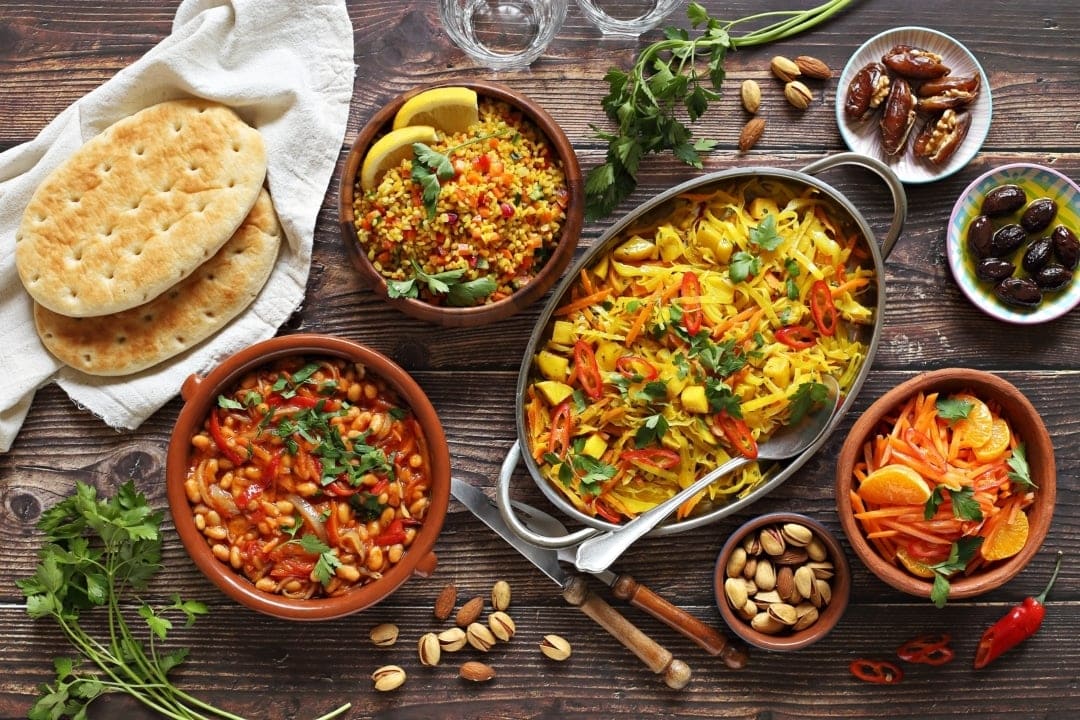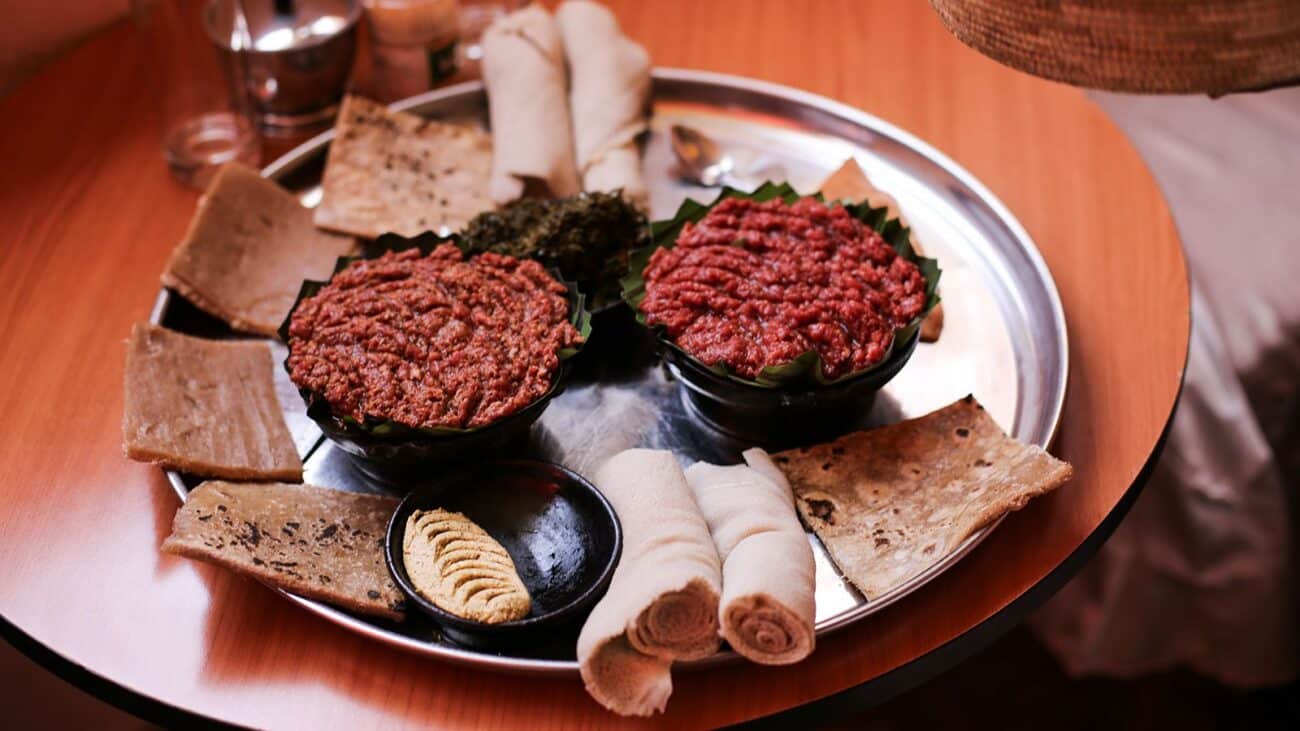Cardamom, the queen of spices, graces kitchens around the world with its complex and captivating aroma. Often described as warm, citrusy, and with a touch of mint, cardamom elevates both sweet and savory dishes, adding depth and unexpected intrigue. But how exactly does this versatile spice find its way into recipes? Let’s embark on a culinary journey to explore the many ways cardamom enhances our culinary creations.
Aromatic Infusion:
In its whole form, cardamom pods act as flavor bombs, gently infusing their fragrance into dishes. Indian cuisine heavily relies on this technique. Cardamom pods are often added to simmering curries, stews, and biryanis (mixed rice dishes). As the dish cooks, the oils from the pods release their magic, subtly permeating the broth with a warm, citrusy note. Similarly, cardamom pods can be cracked open and the seeds used to infuse flavor into milk for puddings, custards, or even chai tea. The pods can then be removed before serving.
The Power of Grinding:
Ground cardamom is a kitchen workhorse, adding a concentrated burst of flavor to an array of dishes. In sweet treats, cardamom is a common ingredient in Scandinavian pastries like cardamom buns and Finnish pulla. The spice adds a unique warmth that complements the sweetness of the dough and fillings.
Middle Eastern and Indian sweets also benefit from the magic of ground cardamom. Cardamom graces the likes of baklava, adding a citrusy counterpoint to the richness of honey and nuts. It’s a key ingredient in Indian desserts like gulab jamun (syrup-soaked dumplings) and kheer (rice pudding), lending them a distinctive and irresistible aroma.
Beyond Sweetness:
The magic of cardamom isn’t limited to sweet applications. Ground cardamom finds its way into savory dishes across the globe. In Middle Eastern cuisine, cardamom is a common component of spice blends like za’atar, which adds a depth of flavor to roasted vegetables, grilled meats, and even dips.
North African cuisine also embraces cardamom’s savory potential. In Morocco, for example, tagines (stews) often incorporate cardamom, adding a touch of warmth and complexity to the dish. Cardamom’s citrusy notes also pair beautifully with seafood. A sprinkle of ground cardamom elevates fish curries in South Indian cuisine and adds an unexpected twist to pan-seared scallops.
Unexpected Delights:
Cardamom’s versatility extends beyond traditional dishes. Coffee lovers can add a pinch of ground cardamom to their morning brew for a warm and invigorating twist. Cardamom is also a surprising yet delightful addition to cocktails, adding a touch of complexity to rum-based drinks or elevating the citrusy notes in a gin and tonic.
A World of Flavor:
From the rich curries of India to the sweet buns of Scandinavia, cardamom weaves its magic across culinary borders. This versatile spice offers endless possibilities for exploration. Whether used whole for gentle infusion or ground for a concentrated hit of flavor, cardamom adds a touch of sophistication and unexpected delight to any dish. So, next time you’re in the kitchen, reach for the cardamom and unlock a world of flavor possibilities.
FAQ:
- What are the different types of cardamom?
There are three main types of cardamom: green cardamom (the most common), black cardamom (smokier and more intense), and white cardamom (milder and slightly floral).
- What is the difference between whole cardamom pods and ground cardamom?
Whole cardamom pods are used for gentle flavor infusion during cooking and are usually removed before serving. Ground cardamom offers a concentrated burst of flavor and is ideal for adding directly to dishes.
- How can I tell if my cardamom is still fresh?
Fresh cardamom pods should be plump and firm with a green or light brown color. The seeds inside should be dark brown and have a strong, pleasant aroma.
- How much ground cardamom should I use compared to whole pods?
A general rule of thumb is to use 1/4 teaspoon of ground cardamom for every 3-4 whole pods. However, adjust based on your desired intensity and the recipe.
- What are some popular Indian dishes that use cardamom?
Cardamom is a staple spice in Indian cuisine, featuring in curries, biryanis, kheer (rice pudding), gulab jamun (syrup-soaked dumplings), and chai tea.
- Can I use cardamom in savory dishes?
Absolutely! Cardamom adds complexity to savory dishes like Moroccan tagines, Middle Eastern roasted vegetables, and fish curries in South Indian cuisine.
- What are some unexpected ways to use cardamom?
Cardamom can elevate your morning coffee with a warm, invigorating twist. It also adds a unique layer of flavor to cocktails, complementing rum-based drinks or citrusy beverages like gin and tonic.
- How can I store cardamom?
Store whole cardamom pods in an airtight container in a cool, dark place. Ground cardamom loses its potency faster, so store it in a small airtight container in the refrigerator and use it within 6 months.
- Can I substitute cardamom with another spice?
There isn’t a perfect substitute for cardamom’s unique flavor profile. However, depending on the recipe, you could experiment with a combination of spices like cinnamon, cloves, and nutmeg to achieve a somewhat similar warmth.
- Where can I buy cardamom?
Cardamom is usually readily available in grocery stores, particularly in the spice section or international aisle. You can also find it at specialty spice shops or online retailers.





One thought on “How is cardamom used in recipes?”